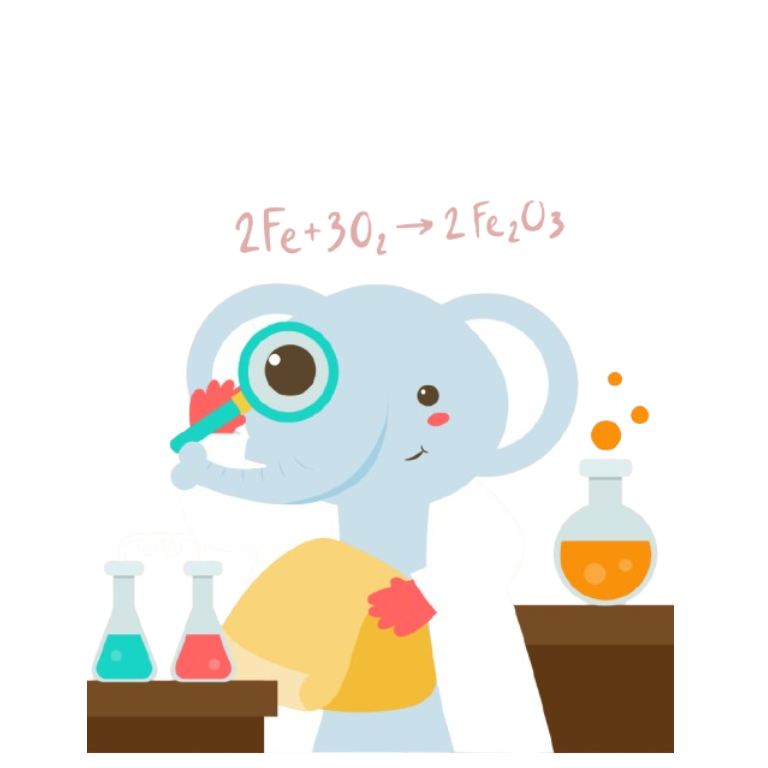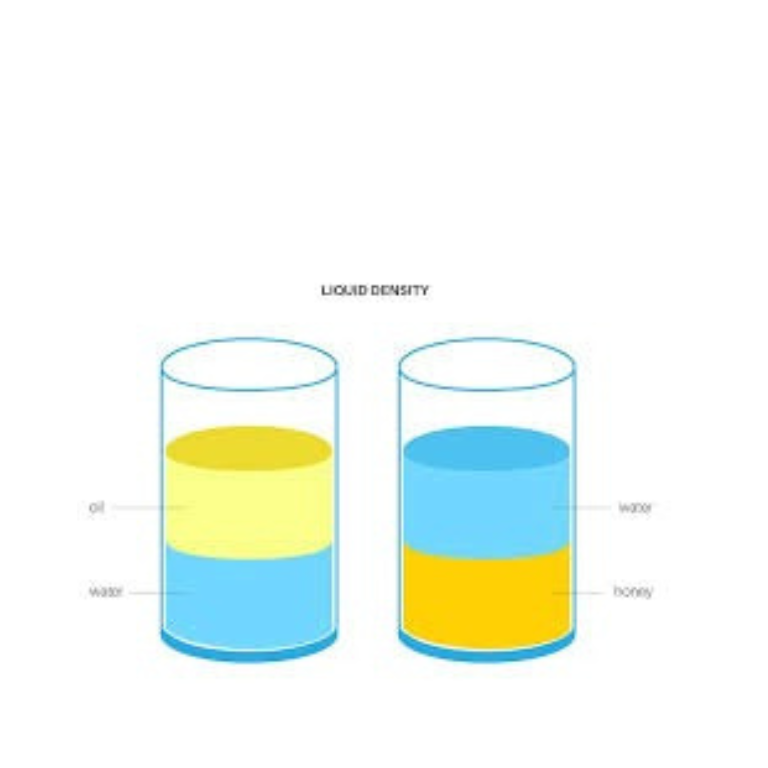Rate of Reaction
Investigate how temperature affects the reaction rate of Alka-Seltzer in water. Adjust the temperature, drop the tablet, and measure the reaction time.
Adjust the water temperature using the slider, then drop an Alka-Seltzer tablet to start the reaction.
The Science Behind Reaction Rates
Reaction Rate is affected by several factors:
- Temperature: Higher temperature increases reaction rate (more collisions with sufficient energy)
- Surface Area: Smaller particles react faster (not explored in this demo)
- Concentration: Higher concentration increases reaction rate (not explored in this demo)
- Catalysts: Speed up reactions without being consumed (not present here)
When Alka-Seltzer (citric acid + sodium bicarbonate) dissolves in water, it undergoes an acid-base reaction producing carbon dioxide gas:
C₆H₈O₇ + 3NaHCO₃ → Na₃C₆H₅O₇ + 3H₂O + 3CO₂↑
The bubbles you see are CO₂ gas escaping from the solution.
| Temperature (°C) | Effect on Reaction Rate | Explanation |
|---|---|---|
| 5-15 (Cold) | Very Slow | Few molecules have enough energy to react |
| 20-30 (Room Temp) | Moderate | Some molecules have sufficient energy |
| 40-60 (Warm) | Fast | Many collisions have enough energy |
| 70-80 (Hot) | Very Fast | Nearly all collisions have sufficient energy |
- Food preservation (refrigeration slows reactions)
- Cooking (higher temps speed up reactions)
- Industrial processes (controlling reaction rates)
- Medicine (how temperature affects drug reactions)
Your Experimental Results
| Trial | Temperature (°C) | Reaction Time (s) |
|---|


